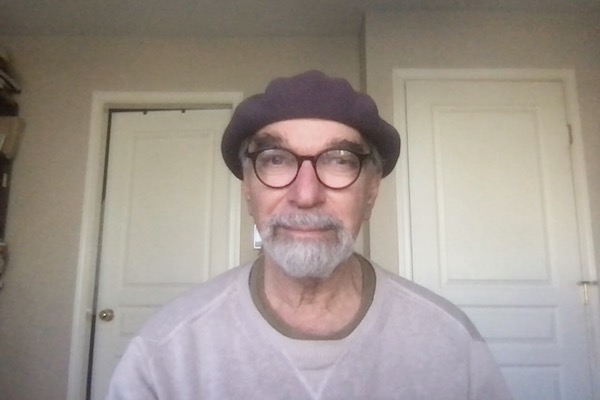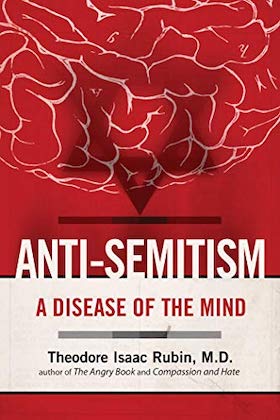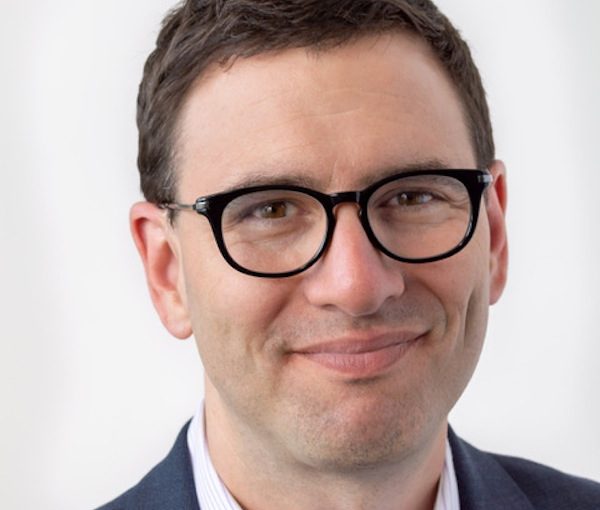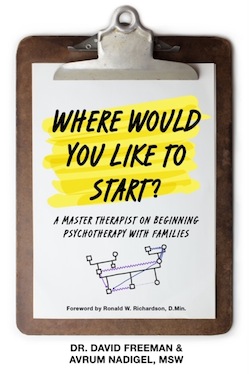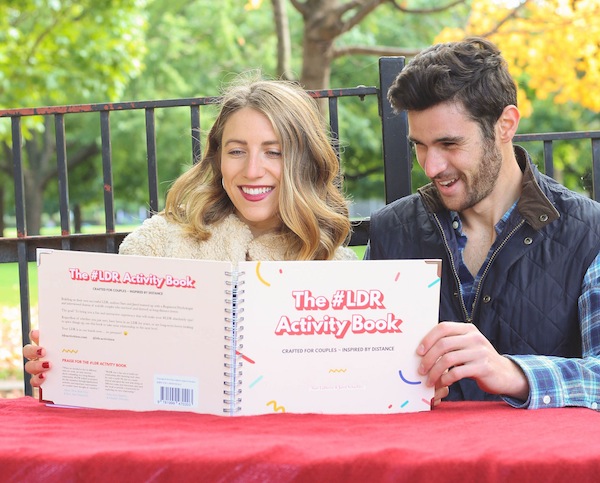On the morning of Oct. 7, 2023, I was in Vancouver, celebrating the holiday of Simchat Torah with my family. We woke up, my father went to synagogue, and I lay on the couch sipping coffee and reading a book. Four hours later, I was sitting on the couch of the Mizrachi family. Ben Mizrachi z”l was one of my brother’s closest childhood friends, a pillar of joy in our community, and an attendee of the Nova Music Festival in Israel on Friday evening. I watched for two days in helpless disbelief as his parents waited to hear whether their son was alive. On the third day, his body was identified.
By Oct. 9, I had already unfollowed one of my friends on Instagram. By Oct. 19, the number had become too many to count. I opened my friends’ Instagram stories with a pit of dread in my stomach, wishing I could stop looking, but feeling compelled to know where they stood. Ignorance may be bliss, but knowledge is safety. I watched, feeling resentful and hopeless as friends with no lived experience in this conflict posted comparisons between the Israeli government and Nazi Germany, tokenized anti-Zionist Jewish voices, spread demonizing misinformation, labeled Israelis “European settler-colonialists” and justified sexual violence in the name of “resistance” and “liberation.”
Humans crave consistency. We naturally gravitate towards narratives with a clear villain and an undeniable victim. Research on cognitive dissonance theory has demonstrated that we experience intense psychological discomfort when faced with information that conflicts with a preconceived belief. In response, we can either change the preconceived belief, which requires us to admit we were previously wrong, or we can discount and discredit the new information to protect our self-image. The dominant narrative in liberal North American circles has become that Jews and Israelis are colonizers in a land stolen from Palestinians. In accordance with cognitive dissonance theory, if Jews and Israelis are oppressors, we cannot also be victims. So, we must not be victims, after all. This narrative feeds into classic stereotypes about Jews as powerful, wealthy, manipulative and, in modern parlance, privileged.
Prejudice and discrimination have psychological benefits. Research shows that the act of derogating a member of a stereotyped group has positive implications for self-esteem. One foundational study by Fein and Spencer (1997) found discriminating against a woman who fit the stereotype of a “Jewish American Princess” dramatically improved participants’ self-esteem after receiving negative feedback. In other words, putting others down makes us feel better. Many in my social circles would balk at the mere thought of discriminating against a marginalized group. Yet, if you can convince yourself that a marginalized group is privileged, you can reap the self-esteem benefits of derogation without suffering cognitive dissonance. If Jews are oppressors and not victims, then discrimination is not only warranted, it feels good.
In the study conducted by Fein and Spencer in 1997, research participants enacted their discrimination in private, by degrading the Jewish subject’s personality and job qualifications. Today, we can perform our discrimination publicly through social media. Public discrimination maintains the self-esteem benefits of private discrimination, with the bonus of entrenching belonging within a social in-group. Humans have a fundamental need to belong. We fulfil this need by affiliating ourselves with social in-groups based on race, ethnicity, disability, music preference and TV-show character fandoms. Posting socio-political stances on social media is not simply about sharing information, it is a means of signalling affiliation with a valued in-group of social justice advocates. The opportunity to simultaneously derive a self-esteem boost from the derogation of Jews is a heady combination.
Despite our pursuit of certainty in the face of cognitive dissonance, certainty is the enemy of knowledge, nuance and, in the context of the Israel-Hamas war and other conflicts or social divisions, empathy. Research in social psychology has shown that the more certain we feel about our socio-political opinions, the less likely we are to seek out information that might challenge our beliefs. Those who feel certain in their characterization of the current Israel-Hamas war as morally unambiguous cannot cave to nuance, lest their psychological well-being suffer. Yet, the embrace of two opposing truths is at the core of seeing each other as human, capable of being both villain and victim in the same breath. Sitting with cognitive dissonance is painful, but it is the only path to true empathy.
Shira Mattuck, MA, is a clinical child psychology doctoral student in the Genetics and Neurobehavioural Systems: Interdisciplinary Studies (GENESIS) Lab at the University of Houston. She was born and raised in Vancouver and is a graduate of Vancouver Hebrew Academy and York House School.

